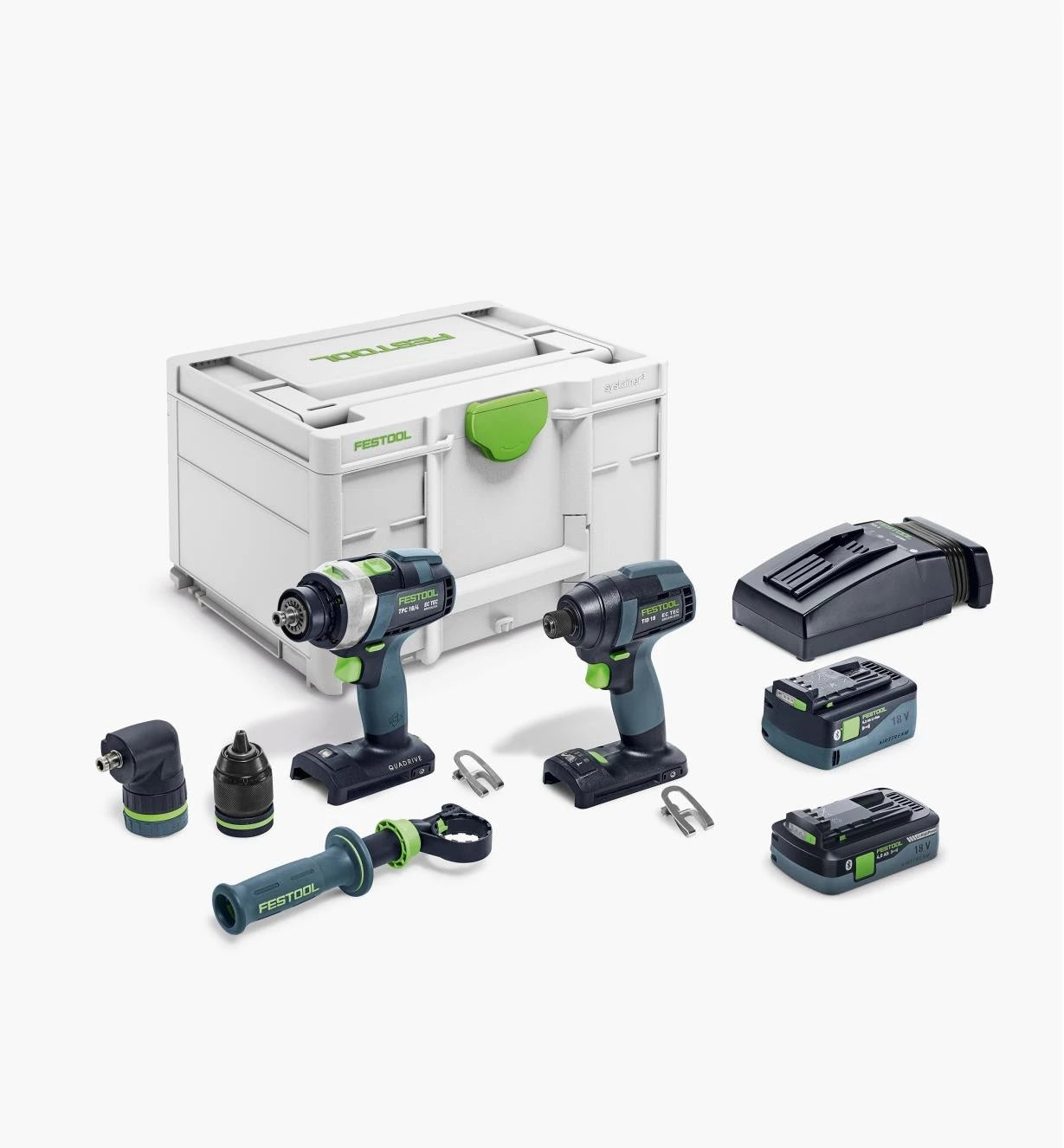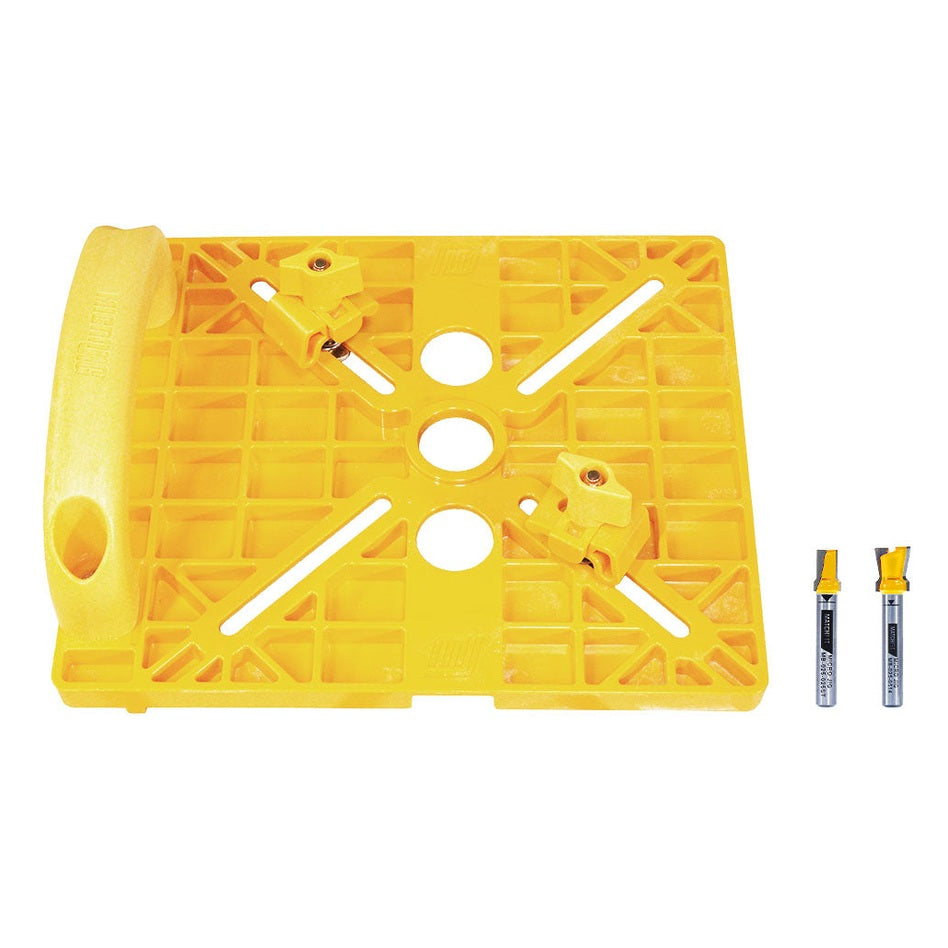PrimeWeld TIG225X - AC/DC TIG Welder With Pulse
Free Shipping Available in Select Regions of Canada

 Proudly Canadian Owned
Proudly Canadian Owned Metalworking
Metalworking
 Machinery
Machinery
 Benders and Notchers
Benders and Notchers
 Welding
Welding
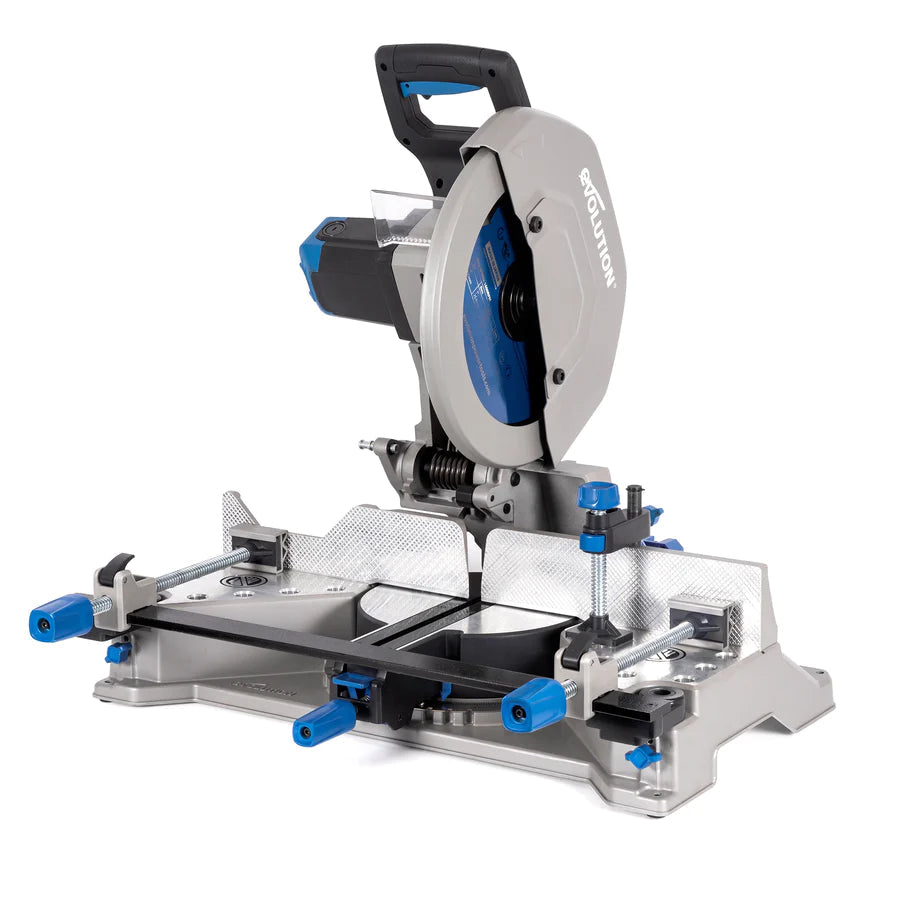 Dry Cut Saws
Dry Cut Saws
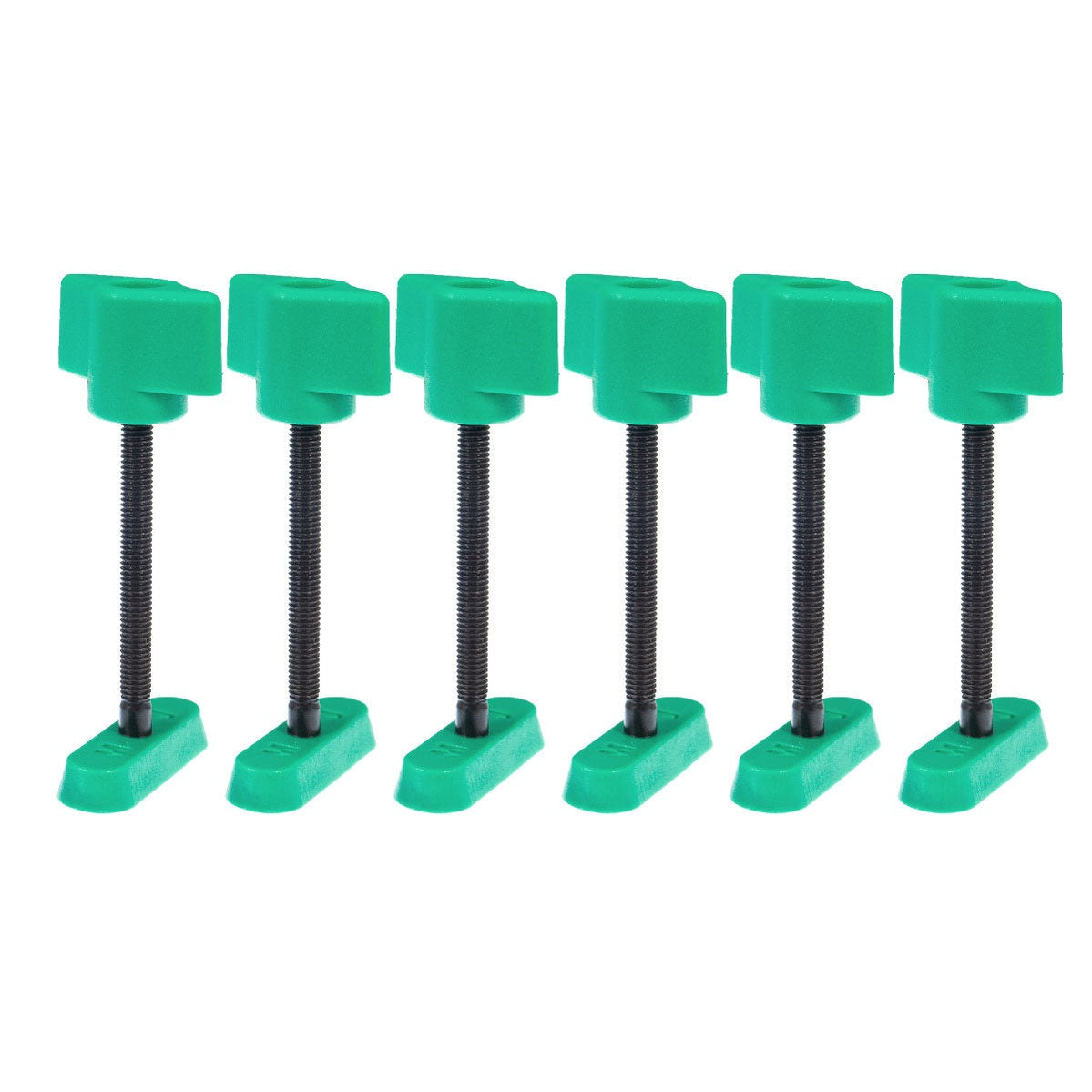 Clamps And Hold Downs
Clamps And Hold Downs
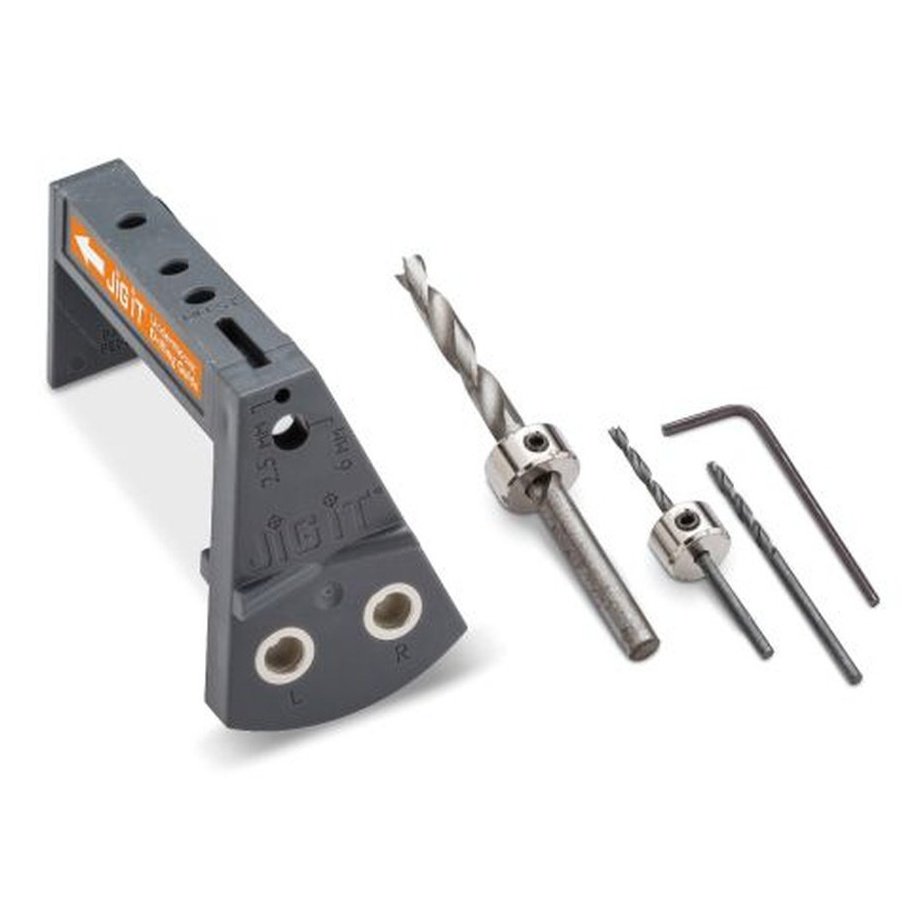 Woodworking
Woodworking
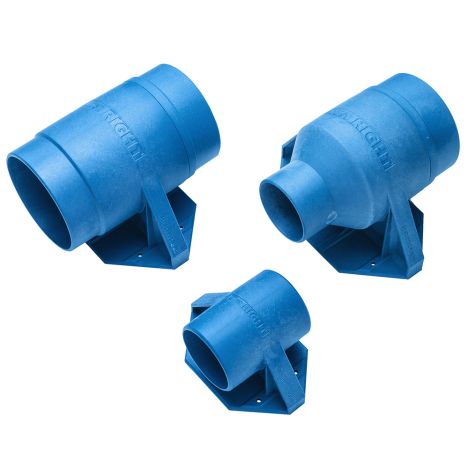 Dust Collection & Air Filtration
Dust Collection & Air Filtration
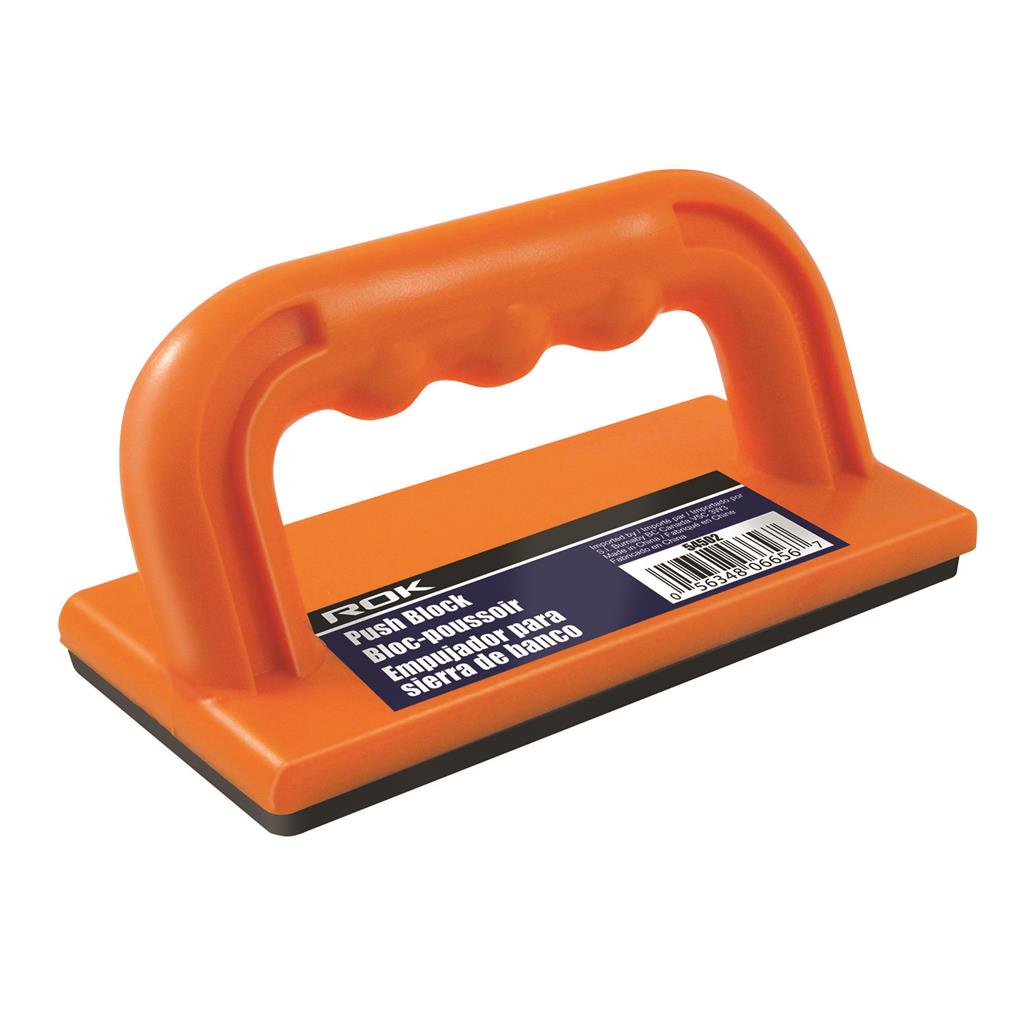 Accessories
Accessories
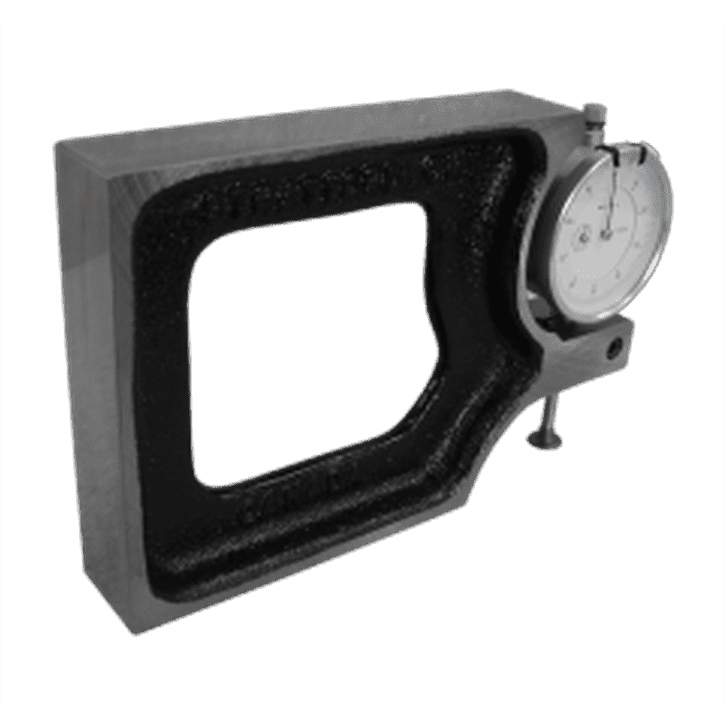 Measuring, Marking & Layout
Measuring, Marking & Layout
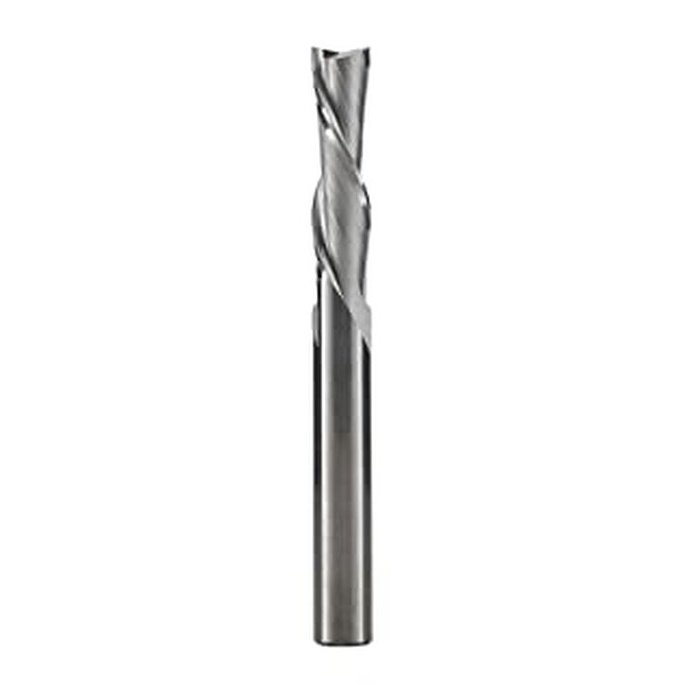 Bits & Blades
Bits & Blades
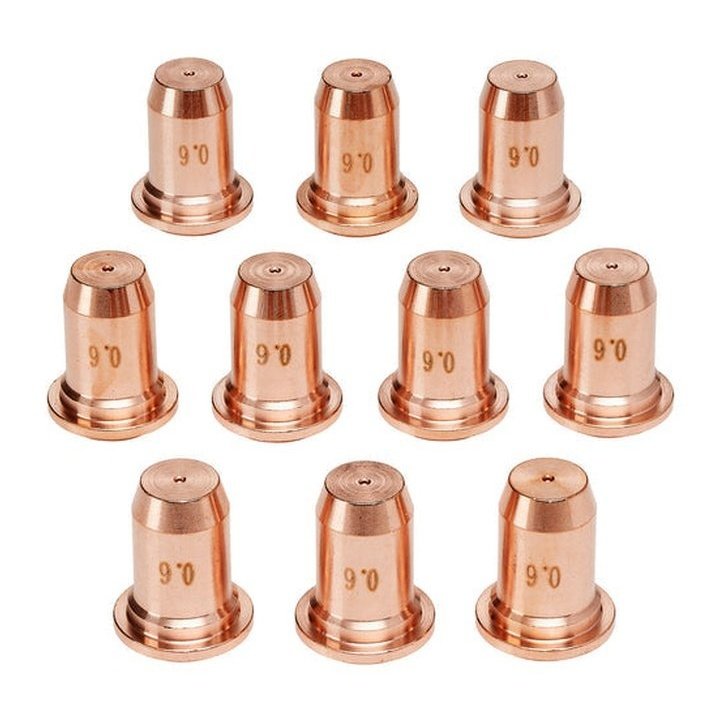 Supplies
Supplies

Great welder. Using it to weld body panels that are 18 guage and this welder has great control on amperage.
Nothing to dislike, excellent unit
This company shipped my order within 2 days, and I am extremely impressed with the quality of this machine.
Amazing! Works awesome
Great machine does exactly what you want it to do
Sign up for our newsletter to save $10 off your first order of $50 or more.
Be the first to know about exclusive discounts, new arrivals, sales, and special events. Don’t miss out on the latest updates!
You may check out all the available products and buy some in the shop
Return to shop

Sign up for our newsletter to save $10 off your first order of $50 or more.
Great product to use as an extra set of hands while putting together cabinets. Highly recommend. I wish the 1/2" clamps were available.
Well written instructions. Easy to use.
Great product, great service as usual
Jepson drytech blade
Second review.... great product. Wanted to mention that Sawstop official answer for two thread.... you are suppose to omit the flange for dadoes and run nut bare against the blade. As I noted in first review this looks and feels safer. The quality is great. Buy it once use it for life!

